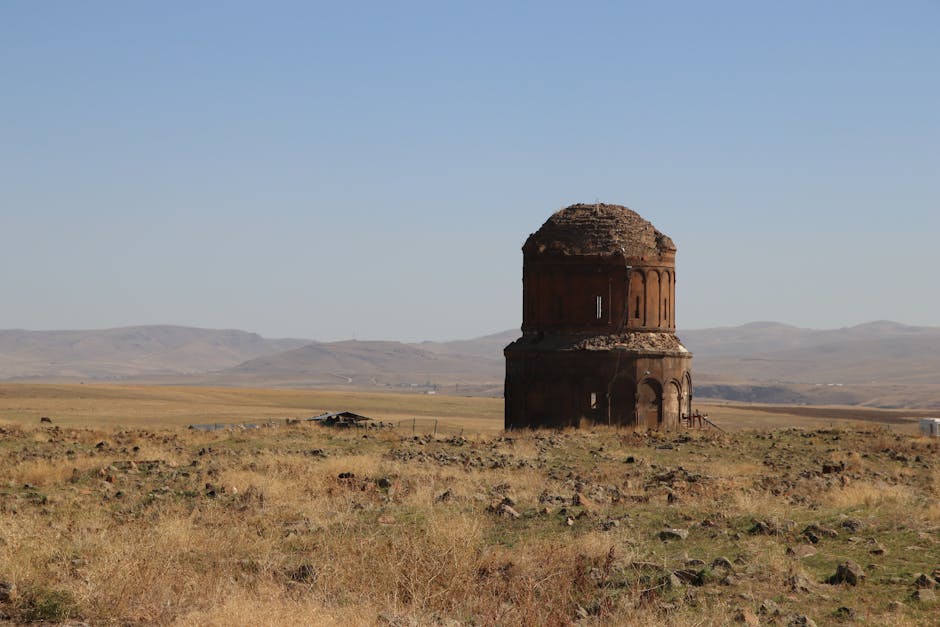Exploring Utah’s Ghost Towns: A Historical Journey Through Abandoned Places You Can Visit
Utah is known for its stunning landscapes, but did you know it’s also home to numerous ghost towns? These abandoned places offer a fascinating glimpse into the past, highlighting the rich history of mining, pioneer settlements, and the boom-and-bust economy of the American West.
A Brief History of Utah’s Ghost Towns
During the 19th century, Utah experienced a surge in mining activity. Towns sprang up almost overnight near rich deposits of minerals, including silver, copper, and gold. However, when the mines were exhausted, these communities often faced a rapid decline, leaving behind ghost towns. Today, they serve as eerie yet intriguing reminders of the past.
Top Ghost Towns in Utah to Explore
Here’s a list of some of the most captivating ghost towns in Utah that you can explore:
- Grafton: Known for its picturesque setting near Zion National Park, Grafton is one of the most photographed ghost towns in the West. It was settled by Mormon pioneers in the 1860s and later abandoned due to flooding and isolation.
- Thistle: Once a bustling railroad town, Thistle was rendered uninhabitable by a massive landslide in 1983. Today, it remains partially submerged, creating a haunting yet beautiful scene.
- Silver Reef: This town boomed in the late 1800s when silver was discovered in sandstone—a geologic anomaly. Visitors can explore ruins, a preserved Wells Fargo building, and a museum.
- Frisco: Known for its lawlessness and rich silver mines, Frisco was once a thriving community. Now, visitors can roam the remnants of kilns and mining structures.
- Goshen: Originally a Mormon settlement, Goshen faced decline after the railroad bypassed it. Some structures remain, offering a peek into its agricultural past.
What to Expect When Visiting
When planning a trip to these ghost towns, there are a few things to keep in mind:
- Accessibility: Some towns are easily accessible by car, while others might require a short hike. Always check road conditions, especially in winter months.
- Preservation: Many ghost towns are on private property or are protected sites, so it’s important to respect the land and structures. Take only photographs and leave only footprints.
- Safety: Old buildings can be unstable. Exercise caution when exploring, and be mindful of wildlife or harsh weather conditions.
Why Visit Utah’s Ghost Towns?
Visiting ghost towns is like stepping back in time. It’s a unique way to learn about local history and experience the beauty of decay entwined with nature. Whether you’re a history buff, a photographer, or an adventurer, Utah’s ghost towns offer something special.
Conclusion
Exploring Utah’s ghost towns is more than just a journey through abandoned places; it’s an opportunity to connect with the past and appreciate the stories of those who came before us. Each town has its own unique story to tell, and visiting them can be a thrilling adventure. So grab your camera, plan your route, and embark on a historical journey through Utah’s captivating ghost towns.

